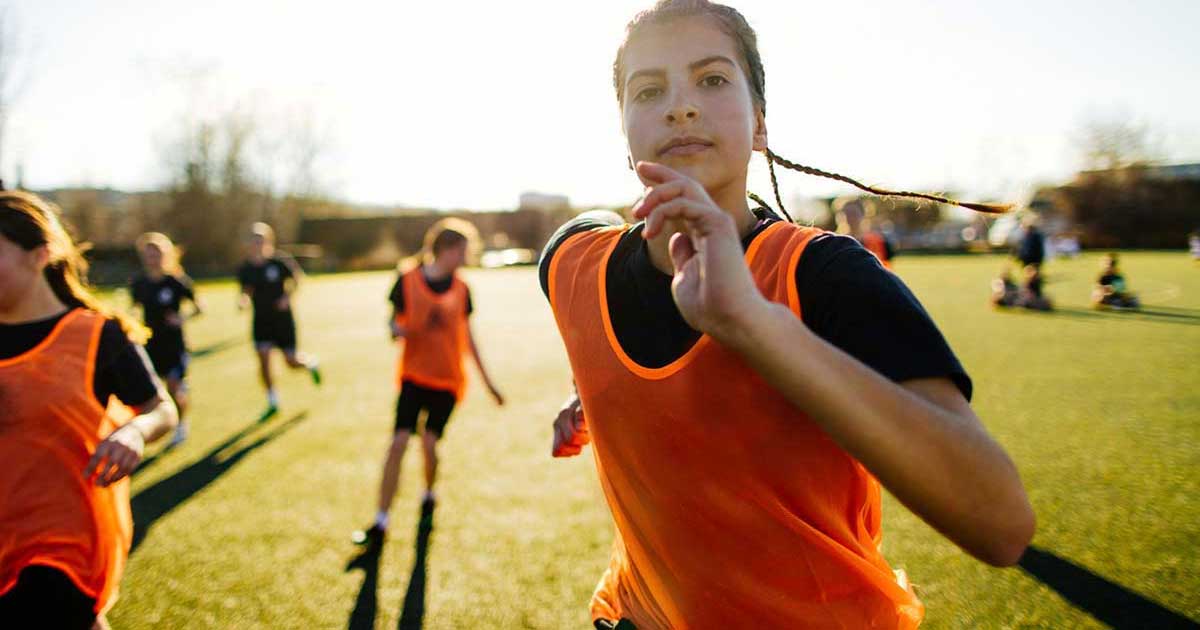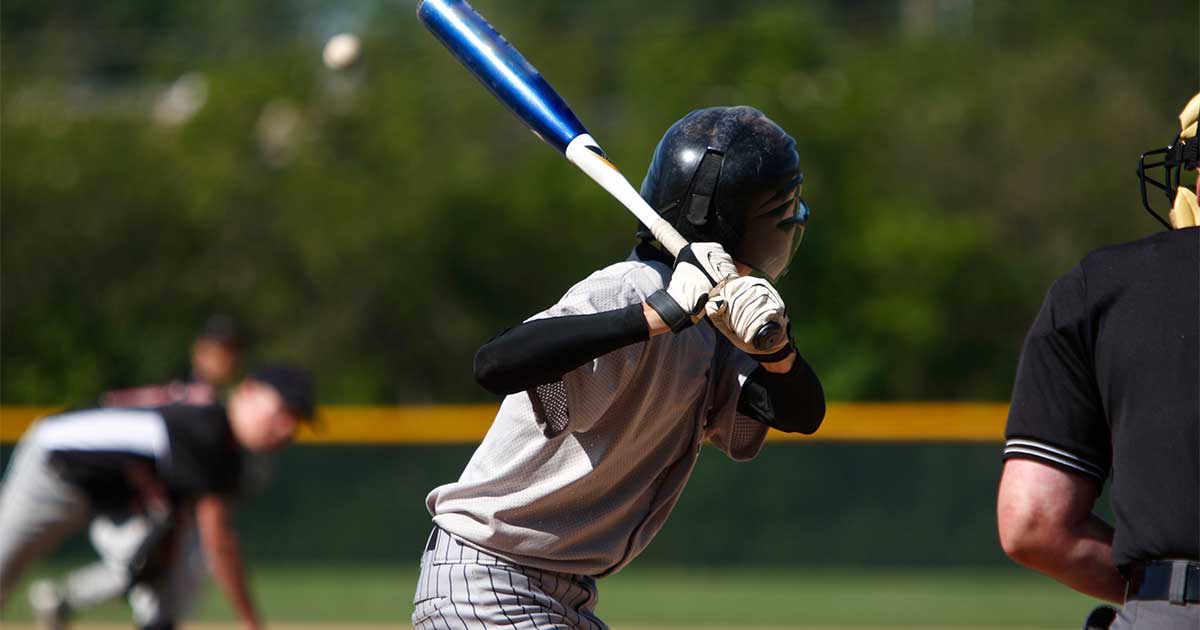Tips for Young Baseball Pitchers to Avoid Injury
Advice to improve your movement, fitness, and overall health from the world's #1 in orthopedics.
It’s true that kids are not just mini adults. But when it comes to baseball, Little League and adolescent throwers are as susceptible to many of the same stresses on their arms as adult players. In addition to the injuries that adult throwers get, youth athletes can also have injuries to the cartilage and growth plates of the elbow and shoulder, says James Robinson, MD, a primary sports medicine physician at HSS. This can lead to significant time loss from sport and even surgery. “Reconstructive surgery for the ulnar collateral ligament, or UCL, in the elbow in adolescents is at an all-time high,” says Dr. Robinson. However, certain precautions can be taken to prevent or minimize injuries.

The following are guidelines that parents and coaches should follow to keep young players healthy.
- Limit the number of game pitches thrown. Excessive pitch counts have been linked to increased incidences of shoulder and elbow injuries. (Most leagues have developed guidelines for pitch counts.) Pitch Smart, an advisory committee of USA Baseball and Major League Baseball, recommends the following pitch count guidelines for youth players:
| Age | Daily Pitch limit | 0 Days Rest | 1 Days Rest | 2 Days Rest | 3 Days Rest | 4 Days Rest |
| 9-10 | 75 | 1-20 | 21-35 | 36-50 | 51-65 | 66+ |
| 11-12 | 85 | 1-20 | 21-35 | 36-50 | 51-65 | 66+ |
| 13-14 | 95 | 1-20 | 21-35 | 36-50 | 51-65 | 66+ |
- Avoid having the athlete pitch in multiple leagues during the same season. “This makes it difficult to monitor the pitch count of a player,” says Dr. Robinson. “Playing another position may minimize the stresses on the throwing arm.” Similarly, avoid pitching and catching on the same team. “Catchers have similar repetition of throwing to pitchers,” he adds. “After finishing pitching, it’s better to play a field position that’s less demanding on the arm, such as first base.”
- Give the throwing arm time to recover between seasons. “A minimum of three months of rest from competitive throwing is recommended for recovery between seasons,” says Dr. Robinson.
- Never throw through shoulder or elbow pain. If a player has elbow or shoulder pain while throwing, they should stop throwing and rest for few days, says Dr. Robinson. If the pain persists, “they should see a physician familiar with treating overhead athletes,” he adds. “It is important to remember that many minor injuries can become major problems if not treated properly.” Signs of potential problems may include loss of motion, loss of strength or velocity, and tenderness. Also, athletes should pitch only to the point of fatigue, not beyond it.
- Avoid trying to “overthrow” pitches. Throwing pitches too hard to gain pitch speed may predispose a pitcher to injury. “It’s also mechanically inefficient and may decrease performance,” says Dr. Robinson.
- Throwers should work on maintaining a strong kinetic chain year-round. Strengthening the core, hips, glutes, and trunk stabilizers is essential to throwing. Deficiencies in these areas can lead to try to “arm” pitches, which can increase risk of injury. “If an athlete is concerned about deficiencies in these areas, working with a physical therapist with experience with throwers can help,” says Dr. Robinson.
- Work with a coach to develop good throwing mechanics. "Learning at an early age to utilize the core, as well as the larger muscles of the hips, trunk, and legs, may not only enhance performance but also reduce the risk of injury to the shoulder and elbow,” says Dr. Robinson. In addition, striding towards home plate and having a good, long follow through will also reduce the strain on the shoulder and elbow.
- Master the fastball before moving on to other pitches. There are always questions of when in the course of an athlete’s development it is safe to throw off-speed pitches, namely curveballs and sliders. “While there is no evidence directly linking learning these pitches at a young age to increased injury risk, it is generally accepted that young throwers should focus on accurately locating their fastball before learning off-speed pitches,” says Dr. Robinson. Learning new pitches does require a lot of repetition, and this may add stress to the young thrower’s arm, he adds.
- Learn to change speeds and locate pitches correctly. Players shouldn’t try to throw every pitch as hard as they can. “Learn to throw a changeup as an effective alternative,” says Dr. Robinson.
- Think twice about using weighted balls. Weighted ball programs have been shown to help increase velocity; however, they are associated with an increased risk of injury, says Dr. Robinson. “These programs should be avoided in throwers who are still growing. Their arms may not be able to take the additional stress.”



